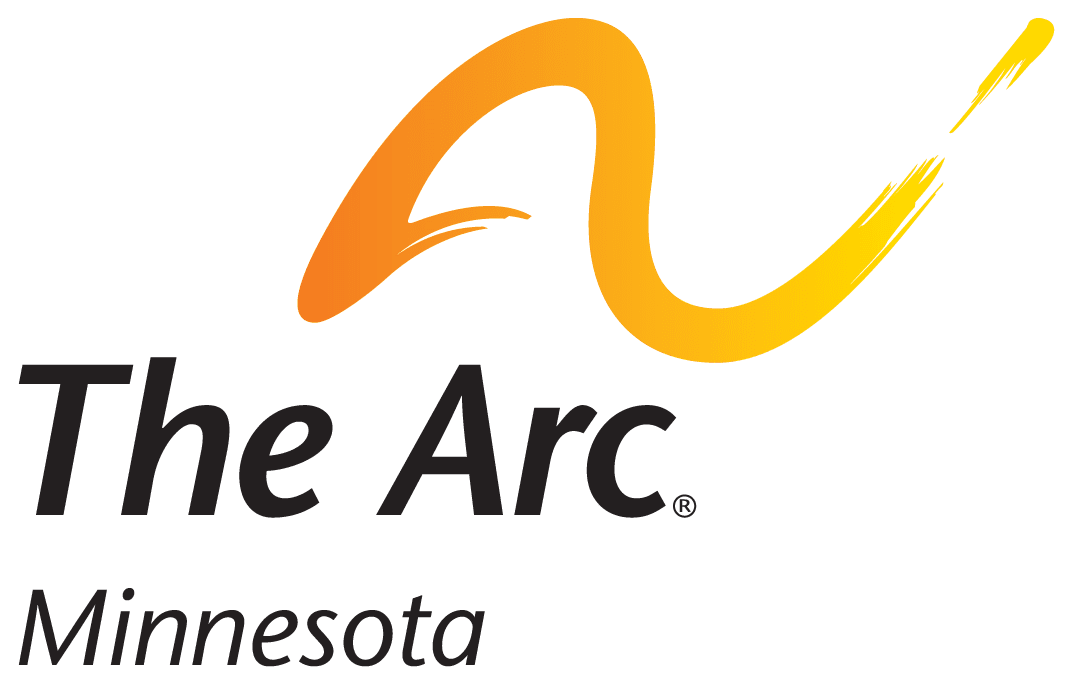Blog Post:Updates on Community First Services and Supports (CFSS)
By Grace Seifert, State & Federal Policy Intern
The Department of Human Services will not be transitioning into Community First Services and Supports (CFSS) in November 2021 as planned. Instead, the Department of Human Services will be transitioning into this service at earliest, June 1, 2022.
What is CFSS?
The Department of Human Services hopes to transition from their current mode of service to a new and updated service called Community First Services and Supports (CFSS). This means that people who receive Personal Care Assistance (PCA) will soon be receiving Community First Services and Supports. Community First Services and Supports will open people’s options on how they prefer to receive their services. People will have more choice in who provides their services and more opportunities for independence. If you are eligible for Personal Care Service you are also eligible for Community First Services and Supports. Additionally, Community First Service and Supports will replace the Consumer Support Grant program.
Community First Service and Supports will cover the same main services as Personal Care Assistance:
· Activities of daily living, such as eating, bathing, grooming and transferring
· Health-related tasks (Involved activities of daily living, such as shopping, cooking, laundry and help with medications)
· Observation and redirection of behavior
People who use Community First Services and Supports will have more options and supports:
· Unlike Personal Care Assistance, in Community First Service and Supports allows a person’s spouse or the parent of a minor to serve as that person’s support worker
· People may choose to purchase goods to help in their independence
· The new budget model allows people to choose to be the employer of their support workers
· The state provides a budget that the provider agency or the person may use to train workers on the individual needs of the person
· The consultation services provider will provide education and support in writing the person’s plan
Recent updates on the delay:
The Department of Human Services is delayed in transitioning due to delayed federal approval on waiver and state planned amendments. The COVID-19 pandemic has required attention of state and federal staff elsewhere. However, the Department of Human Services plans to gradually transition people from Personal Care Assistance to Community First Services and Supports in the year to avoid an interruption of services.
What does this mean for people using Personal Care Assistance Services?
The Department of Human Services guarantees that this delay will not affect current services or accessibility to start services. The Department of Human Services hopes that with the start date delay, they will have a better opportunity to transition seamlessly to guarantee that people have fair access to Community First Services and Supports.
Want to learn more about Community First Services and Supports?
The Department of Human Services put together a video with information about the transition. CFSS Video
Updates from Washington D.C.
From The Arc US:
Help Promote Disability Awareness in Your Community’s Schools
The Arc’s Watch & Learn: Disability Film Program provides a structured and ready way to educate students in your community about people with intellectual and developmental disabilities, building awareness of diversity and furthering more inclusivity. This is done using a variety of short films.
Collections of short films are available for purchase through a one-year subscription program. They are categorized by age group (elementary, middle, or high school levels).
Each set of films comes with a guide, discussion questions, and pre and post surveys. All of these resources can help create discussion among students to build understanding and acceptance of all types of people.
Watch & Learn can easily be put in place via in-person or remote learning.
From American Association of People with Disabilities:
3 Ways to Reach Voters with Disabilities
Last year, over 38 million people with disabilities were eligible to vote. We make up 1 in 4 American adults and are a part of every community. We are people of color, LGBTQIA+ and Two Spirit, young, and old. We live in cities and rural areas and exist in every part of America. But too often, voter outreach efforts exclude people with disabilities. Many access barriers keep voters with disabilities from registering to vote and from casting their ballot.
Voter outreach should seek to break down these barriers! Here are three ways to make your voter outreach more inclusive of people with disabilities.
- Include people with disabilities. Inclusive voter outreach campaigns start with campaigns planned by and with people with disabilities. Are their people with disabilities on your team? Does your workspace create a safe environment for people with non-apparent disabilities to disclose their disabilities? Are people with disabilities in leadership positions on your team?
- Partner with disability organizations. Not sure where to start? Partner with American Association of People with Disabilities and other disability organizations. Disability organizations have lots of experience engaging the disability community and can share ways to engage voters with disabilities.
- Prioritize accessibility. Voter outreach will fail to reach people with disabilities if it is not accessible to us. Here are a few quick tips for accessibility: include closed captioning and ASL interpreting in large events and videos, use plain language as much as possible, and make sure images and visuals are described whether on social media or during slideshow presentations. These are just a few accessibility tips
Read the original blog post.
Read the original Capitol Connector.
Sign up for newsletters like Capitol Connector here.
